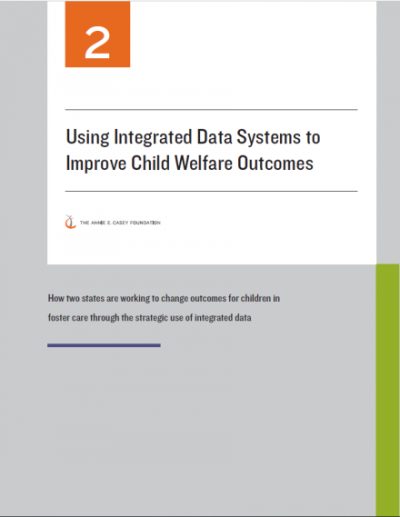Adding Time
The IDS analysis in Wisconsin showed that imposing child support orders to offset the costs of substitute care added about six months to the time children stayed in out-of-home placements.

The states of Wisconsin and Washington used integrated data systems to evaluate and understand how child support enforcement policies and receipt of TANF benefits affect the time kids spend in child welfare placements. This information led to state policymakers working toward improved family reunification outcomes by enabling their child-focused systems to collaborate more efficiently.
This case study is one in series of briefs that make a case for how investment in IDS pays off in improved outcomes and better allocation of resources.
An integrated data system (IDS) periodically links individual-level administrative data from multiple public service agencies and contracted service providers. This creates a rich picture of individual service needs, participation and outcomes over many years. By offering large sample sizes, longitudinal data and the ability to identify multisystem clients, integrated data systems are valuable tools for policy analysis, program planning and monitoring and evaluation.